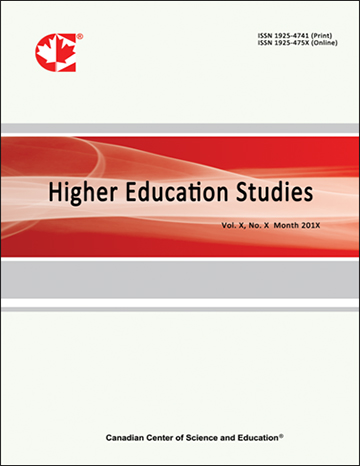Data for Flipped Classroom Design: Using Student Feedback to Identify the Best Components from Online and Face-to-Face Classes
- Thad Crews
- Jeff Butterfield Butterfield
Abstract
Colleges and universities have seen considerable enrollment growth in online courses during the past decade. However, online modalities are not optimal for all subject areas or students. There is growing interest in hybrid, blended, and flipped instruction as a way to incorporate the best of different delivery methods. This study investigates and identifies student preferences for both face-to-face and online learning. Participants were undergraduate students from a mix of freshman, junior, and senior level courses. An open response instrument was used to allow broad insights into students’ responses without biasing or limiting the feedback. Results suggest that the most positive impact with face-to-face learning is interaction through class discussions, group projects and other types of active learning. Females responded more positively than male students to interactivity in face-to-face classes. The data further indicates the most positive impact with online learning experiences is the class structure that supports flexibility, organization, and clear expectations. Nontraditional students reported more positively than traditional students about the benefits of flexible classes with clear course structures. This report should be of interest to educators who wish to take a research-based, student-centric, data-driven approach to the design of flipped or hybrid classrooms.
- Full Text:
 PDF
PDF
- DOI:10.5539/hes.v4n3p38
Index
- AcademicKeys
- CNKI Scholar
- Education Resources Information Center (ERIC)
- Elektronische Zeitschriftenbibliothek (EZB)
- EuroPub Database
- Excellence in Research for Australia (ERA)
- Google Scholar
- InfoBase
- JournalSeek
- Mendeley
- Open Access Journals Search Engine(OAJSE)
- Open policy finder
- Scilit
- Ulrich's
- WorldCat
Contact
- Sherry LinEditorial Assistant
- hes@ccsenet.org
